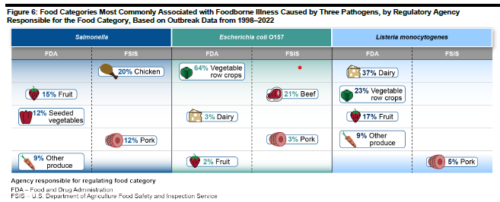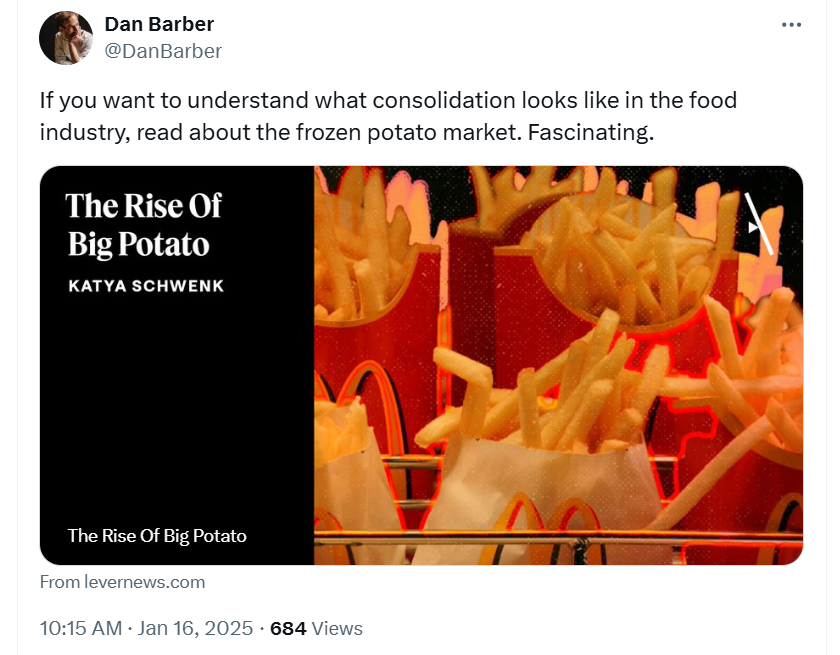Industry-funded study of the week: dairy foods
Thanks to Peter Johnston, a dietitian in Melbourne, Australia, for sending this one.
The study: Huppertz T, Blom L, van Est L, Peters S. Exploring Nutrient-Adequate Sustainable Diet Scenarios That Are Plant-Based but Animal-Optimized. Nutrients. 2025 Jan 18;17(2):343. doi: 10.3390/nu17020343.
Results
- Reducing the amount of meat products in the diet reduced the environmental impact but increased the price.
- On the other hand, when dairy products were reduced or even omitted, the environmental impact of the nutrient-adequate optimized diet did not change notably, but prices increased notably.
- Increasing vegetable or fruit consumption increased price but did not affect the environmental impact nor did it increase the consumption of beans and pulses when kept within realistic levels.
Conflicts of Interest: T.H. is employed by the company FrieslandCampina. L.B. and L.v.E. are employed by Nutrisoft. S.P. is employed by the Dutch Dairy Association (NZO). The funders had no role in the design of the study; in the collection, analyses, or interpretation of data; in the writing of the manuscript; or in the decision to publish the results.
Funding Statement: Funding for this research was provided by the Dutch Dairy Association (NZO).
Comment: The relative contributions of animal foods to greenhouse gas production are under debate. This research, funded by the dairy industry and conducted by authors who work for dairy companies, concludes that restricting dairy foods does not reduce environmental impact but makes diets cost more. Even if the statement that the funders had none of the roles mentioned is true , funding alone is sufficient to influence the research, mainly through the framing of the research question or interpretation of results. And because so many examples exist of such statements not being true, they must always be viewed with some skepticism. The overall observation: industry-funded research has a strong tendency to favor the sponsor’s interests, as this study does.





